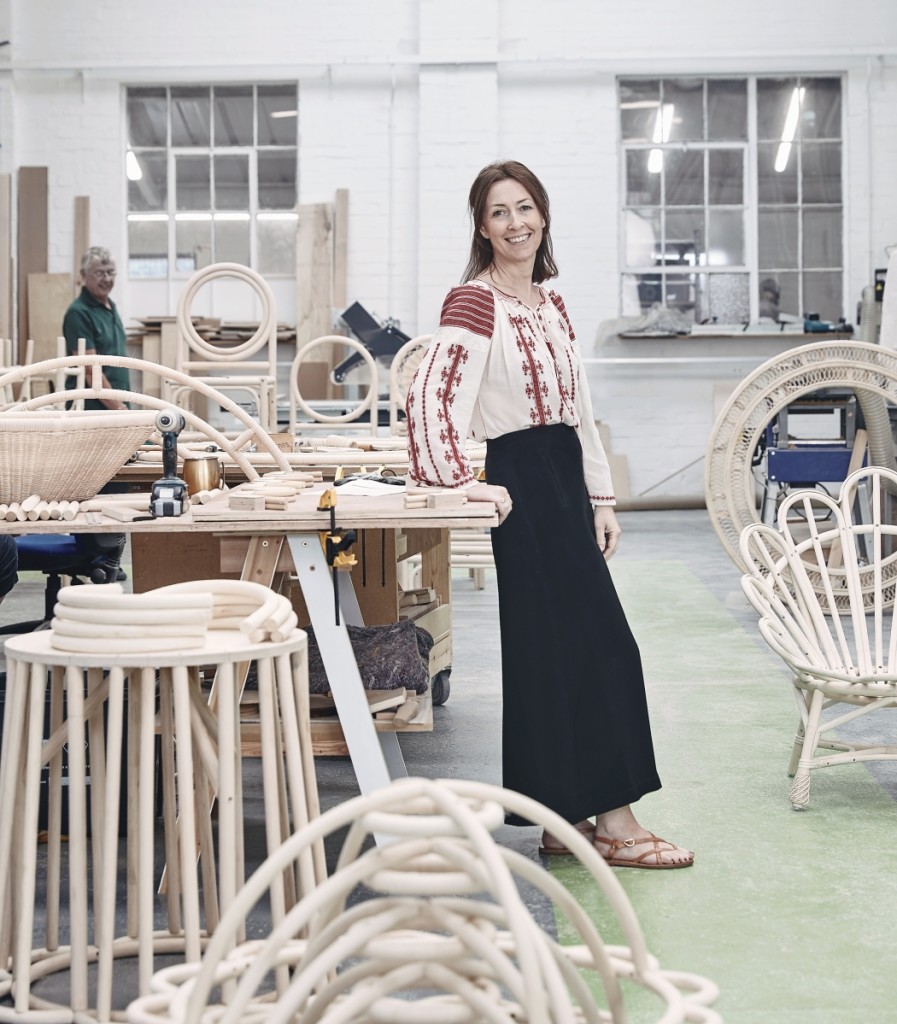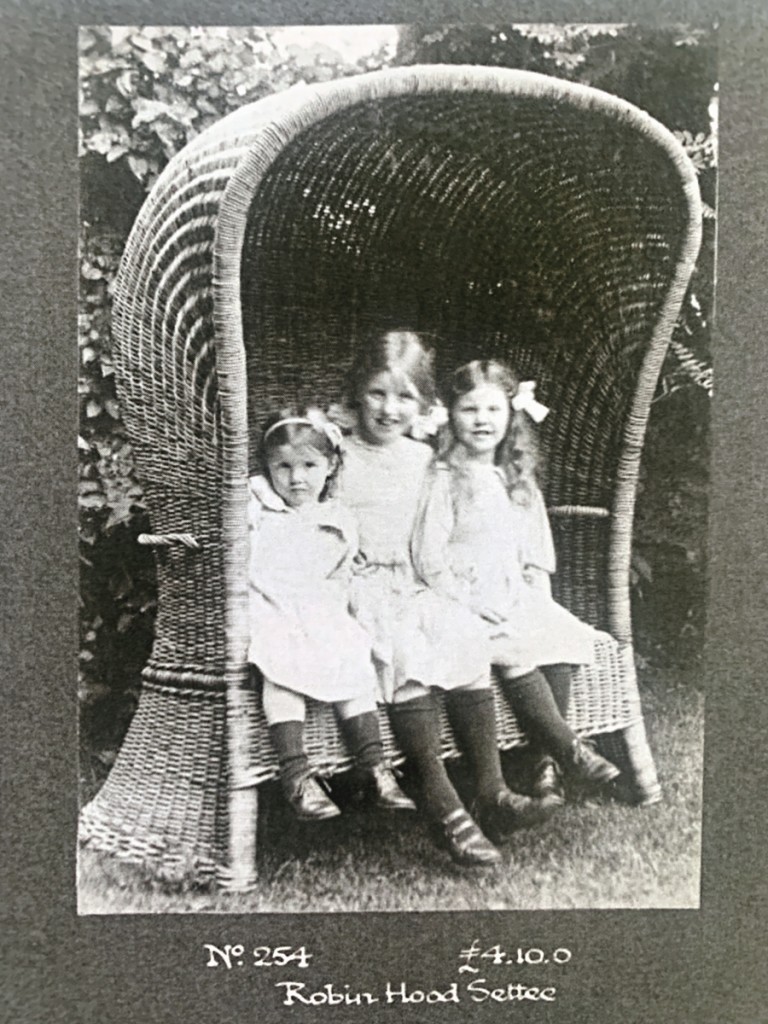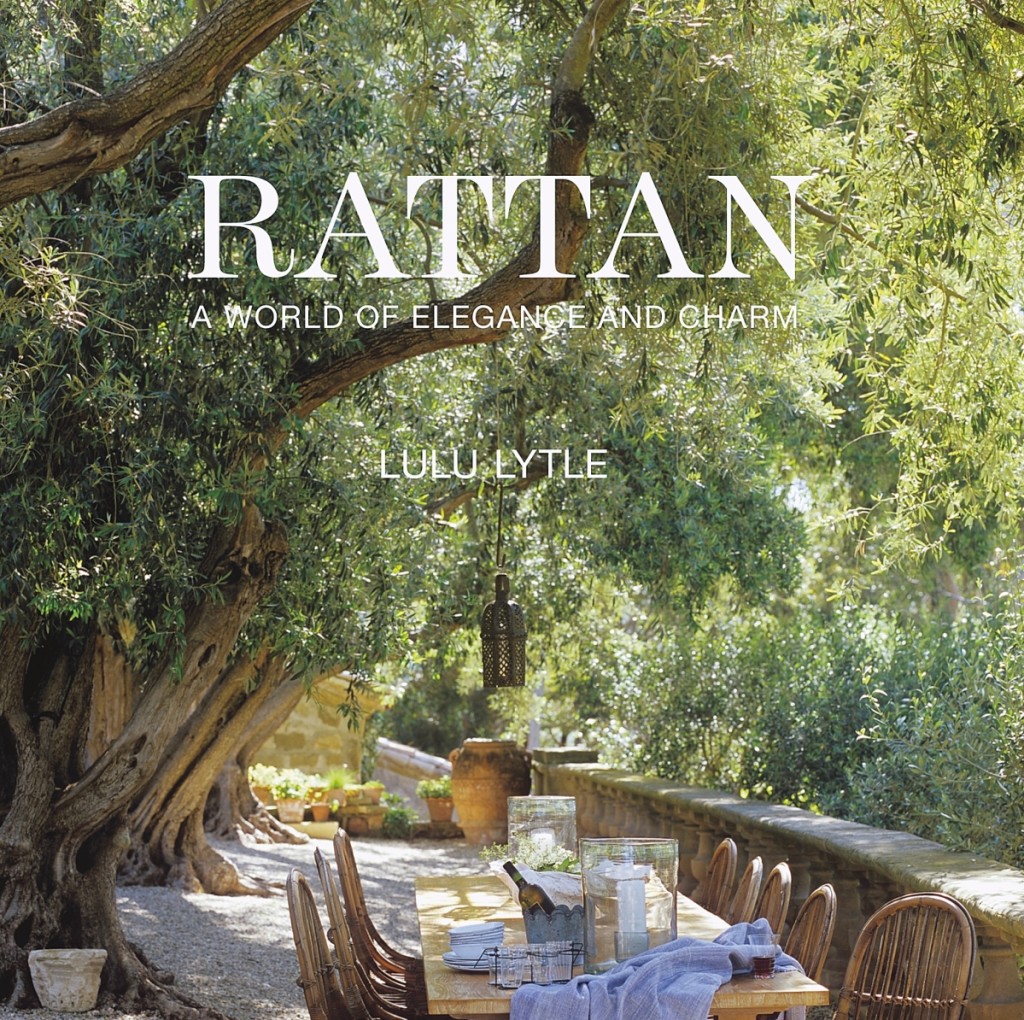For those who acquire not just antiques and art but books on antiques and art, there is a new title for your bucket list. Published by Rizzoli and available for purchase as of October 6 is Rattan: A World of Elegance and Charm, one of the first books in a long time to take a close look at the history and craftsmanship of rattan furniture. On the eve of its release, we reached out to its author, Lulu Lytle, to describe her journey with rattan.
What inspired you to start collecting rattan?
It is hard to single out a particular inspiration but I started collecting in my teens, beginning with baskets and little tables and moving on to large chairs and the more niche such as carts designed to be pulled by animals!
Are rattan and wicker the same thing or is there a difference between them?
No, a crucial distinction must be made as antique pieces are often mislabelled because of the all-encompassing use of the term ‘wicker.’ Rattan is a natural fiber, a Southeast Asian climbing palm (calamus rotang). Wicker is the product of the craft of weaving, not only with rattan but also with willow, reed, rush and raffia amongst other many other fibrous materials.
What has been your greatest ‘find’?
Probably it is the superb quality early Dryad chairs designed by Benjamin Fletcher between 1907 and 1910.
What is the biggest misconception about wicker / rattan? Both for yourself and the general public?
That it can’t be used outside. If properly looked after, it can have a long life used outside and is infinitely more charming than the ubiquitous faux rattan which I feel kills the atmosphere of a garden or porch.
What was the golden age of wicker and rattan?
Rattan’s popularity has ebbed and flowed over the last 150 years so it would be reasonable to say there has been more than one golden age, especially when you consider all the countries in which it was so fashionable. In England it was undoubtedly the Edwardian era, while in France it was the belle époque which saw a blossoming of experimentation with the rattan palm, not seen again in Continental Europe until the mid-Twentieth Century, with designers such as Abraham, Rol, Adnet, Wegner, Gio Ponti, Albini, to name just a few, pushing boundaries with rattan. In the United States, it was in the last quarter of the Nineteenth Century when, boosted by the boom in rattan furniture since the 1876 Centennial Exhibition and the mass migration of middle class families to the suburbs, the two preeminent producers (and fierce competitors) merged. Heywood Brothers and The Wakefield Rattan Company joined forces in 1897 to become the Heywood Wakefield company.
Has the craft of making rattan furniture changed or remained mostly constant?
Fashion, availability of raw materials, mechanization and labor skill have all influenced the way rattan furniture has been designed and made over the last 150 years. There have always been, and continue to be, significant discrepancies in both the quality of craftsmanship and raw materials. There are records of workers striking at The Phoenix Rattan Company in Massachusetts as early as 1893 because of the poor-quality rattan they were forced to work with.
Is there a piece of rattan you consider the Holy Grail that you’ve heard about but never seen?
A monumental French Second Empire chair from the collection of Jacques Rotil.
Any important pieces that have been lost?
Much of the early American (1870s) rattan furniture has not survived because of its delicate and intricate design and consequent vulnerability. Repairs were expensive and so rarely carried out. In the 1880s designs evolved to be sturdier, using rattan’s inner core (referred to as reed) and a sturdier fitching weave which ensured longevity.
What’s the best way to protect the frailty of rattan?
If well-made it is surprisingly resilient. What rattan doesn’t like is sitting in pooled water, which can cause legs to slowly rot, so if using it outside it is advisable to add caps made from another material to the feet. Waterproof slip covers also protect rattan in rain storms. For indoor rattan no protection is really necessary.
-Madelia Hickman Ring







